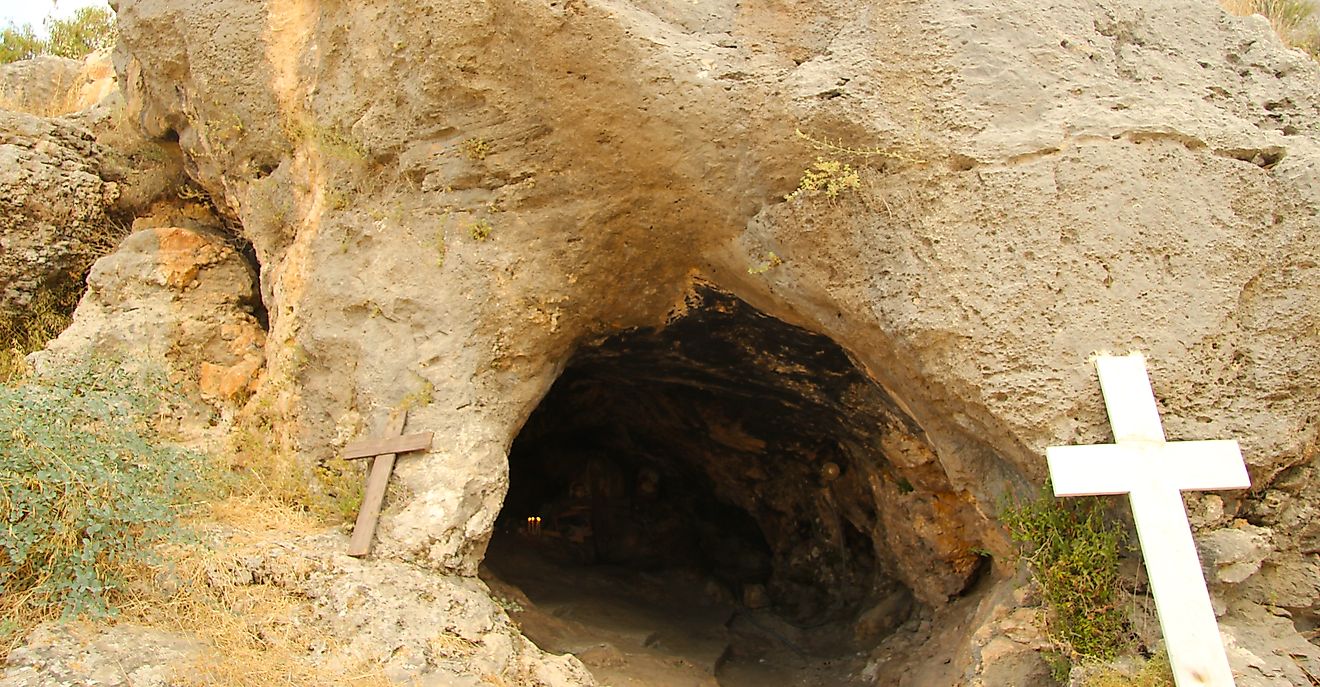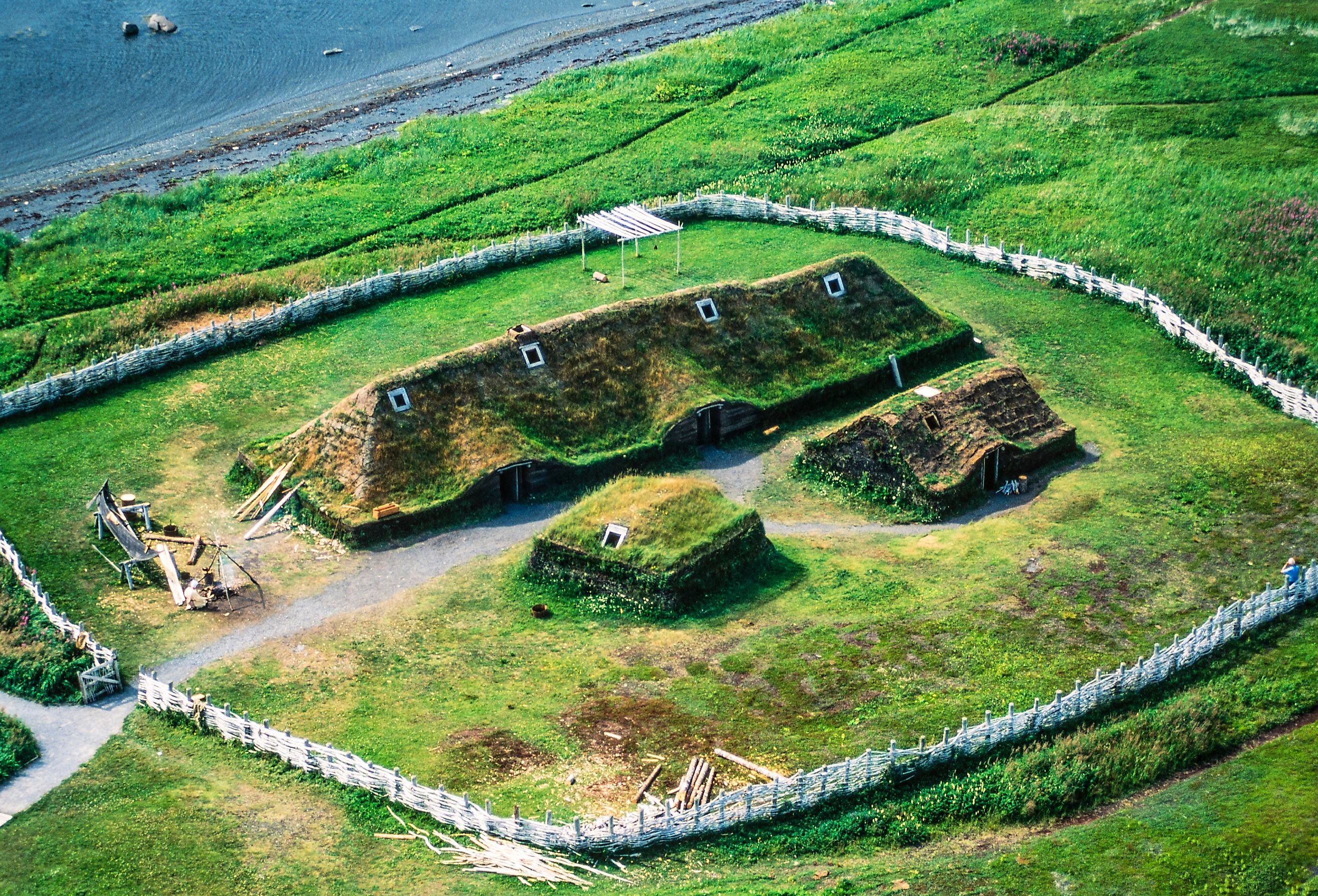
The Norse Colonization of North America
Many believe that Christopher Columbus was the first European to reach North America, having done so in 1492. However, almost 500 years prior, the Vikings colonized parts of Newfoundland, Canada's easternmost province. Furthermore, they also established settlements in Greenland. Understanding the story of this colonization is, therefore, necessary to gain a fuller understanding of the history of North America. Moreover, it is useful to consider why this past is often forgotten in popular memory.
Climate Change and Its Impact on the Norse Colonization of North America
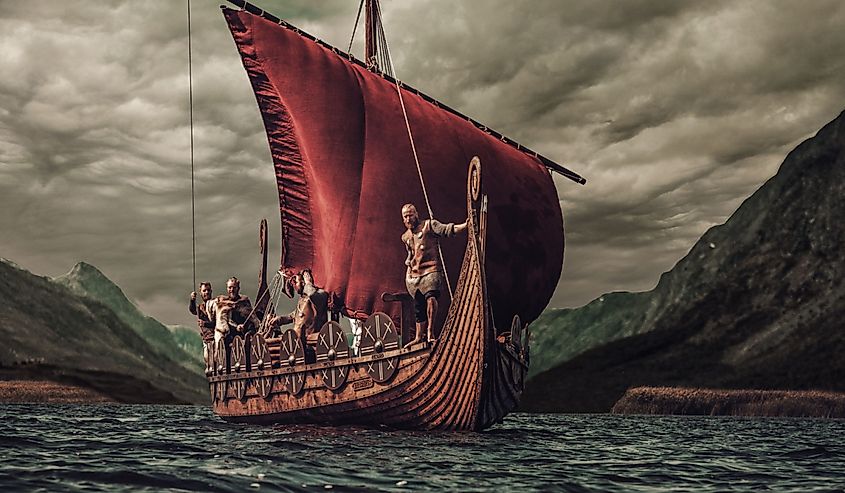
Climate change helps explain why the Norse colonization of North America was possible. Between the years 800-1200, temperatures in Europe and North America were about 3°F higher than before or after. Warmer waters meant less ice, thereby facilitating sea travel. The warmer climate also led to more crop growth, resulting in a significant population boom. Thus, with more people came more explorers.
There were several reasons for this warmer climate. First, the era of Norse exploration coincided with the Medieval Quiet Period (MQP), a time in which the entire planet experienced climate stability and relatively few cooling forces. For instance, the MQP saw very few volcanic eruptions that blocked out the sun with their ash. The North Atlantic Oscillation (NAO), a natural fluctuation in atmospheric pressures, also contributed to the warmer temperatures. Indeed, when the NAO is in a negative mode, there is generally little low pressure in the north, which was the case from 800-1200. In short, a variety of climate-related factors allowed the Vikings to travel across the Atlantic.
The Colonization of Greenland
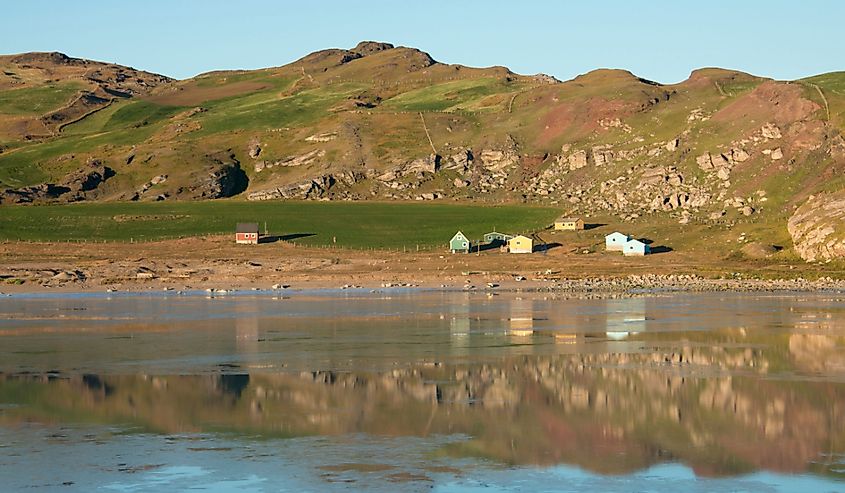
As much of the information about the Norse colonization of North America comes from the Sagas of Icelanders—primarily literary works based on family histories and genealogies—precise details are unclear. Nonetheless, it is commonly proposed that Vikings colonized Greenland sometime around the year 1000. Erik the Red, an Icelandic explorer, was the first European to settle on the island, doing so during his three years of banishment for manslaughter. The subsequent settlements came to include 2,000 to 3,000 people at their peak, including about 400 farms. However, by 1450, these settlements were gone. Reasons for their abandonment vary, but it is generally understood that changes in the climate and European economy made it so that continued inhabitance was not viable. Regardless, the Norse colonization of Greenland remains a crucial part of the island's history.
The Colonization of Newfoundland
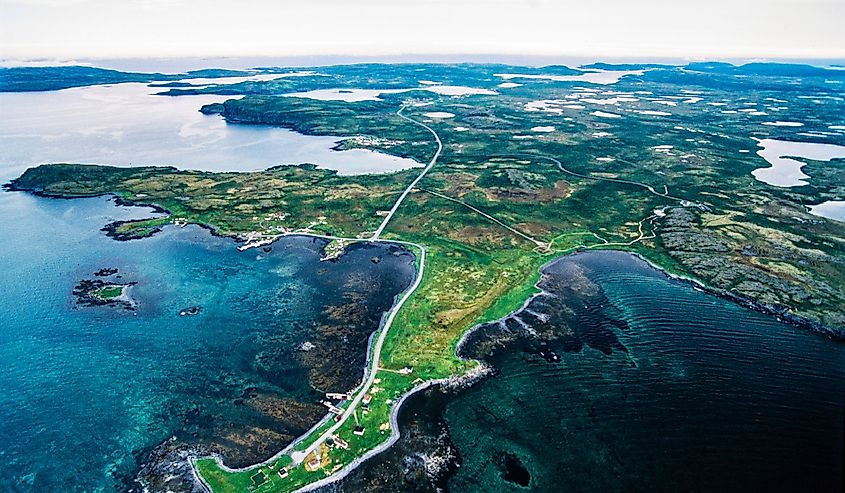
The Icelandic Sagas also detail the Norse colonization of Newfoundland. There is speculation that the Vikings settled elsewhere, from as far north as Baffin Island, to as far south as New Brunswick. However, L'Anse aux Meadows in Newfoundland is the only settlement with archeological proof of existence. Leif Erikson, the son of Erik the Red, led the expeditions that established this settlement. An analysis of tree rings in 2021 discovered that L'Anse aux Meadows was founded around 1021, several decades later than the Sagas indicate. The Norse also appear to have left Newfoundland after less than ten years. There are several reasons for this abandonment. Some suggest that L'Anse aux Meadows was not in fact an attempt at colonization, but rather a seasonal settlement. Moreover, the presence of Indigenous peoples likely posed a challenge, as did the distance between Newfoundland and Greenland.
The Purpose and Culture of L'Anse aux Meadows
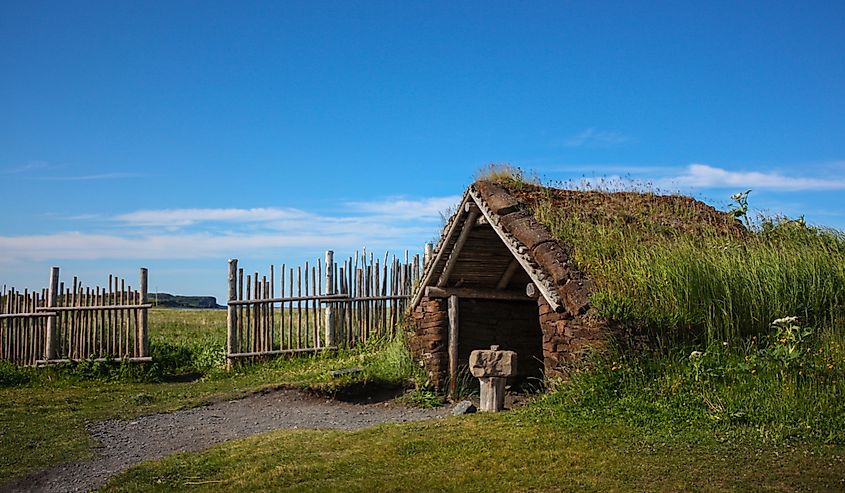
While the exact purpose of L'Anse aux Meadows is unclear, archeological remains suggest it was a ship repair station. Evidence to support this notion includes the presence of woodshops, an iron smelter and forge, and a charcoal kiln. Archeologists also found the remains of iron rivets that were likely removed from and used to repair ships. The settlement may not have been a permanent community as there are no signs of domesticated animals or agriculture. Furthermore, there is no evidence of any burials, indicating that whoever stayed there did not do so for long. Thus, it is fair to characterize L'Anse aux Meadow's culture as strictly practical, with a focus on only the bare essentials.
Conclusion and Importance
In conclusion, while many dispute the exact details, the Norse did indeed make contact with North America. This, therefore, begs the question, why is this history so often forgotten? One answer could be the lack of evidence surrounding necessary details, meaning that people thus turn to the more documented, but equally as contested, "discovery" of Hispaniola in 1492. Another reason could be that due to the Vikings leaving North America, they did not impact the continent as much as future colonizers. Finally, it could simply be the result of historical chance, with one story taking hold of North American popular consciousness over the other for accidental and trivial reasons. Regardless of the reason, a wider awareness of the Norse colonization of North America will provide a deeper understanding of the complexities and nuances of history.
